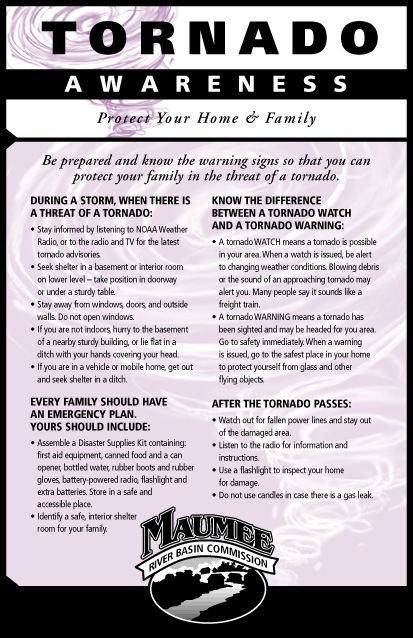Tornadoes and severe thunderstorms producing large hail and strong wind gusts have fascinated people throughout the ages. Aristotle and Lucretius wrote about them and they also feature in the mythology of aboriginal North Americans. Machiavelli described a tornado in his diary and many of the great scientists of the 18th and 19th centuries tried to explain them.
Our understanding of their distribution, causes, and effects did not begin to develop significantly though, until the 1880s when John Park Finley of the United States Signal Service (the forerunner of the US National Weather Service) systematically began to record their occurrence and their relationship to observed surface conditions in the environment.
It wasn't until 1925 that meteorologists first collected information on the conditions above the ground near a tornado, when a tornado struck Borculo, in the Netherlands.
Gathering data
It would be another 30 years, however, before their would be enough data collected for people to first try to describe the general conditions associated with severe thunderstorms and tornadoes and that would only occur because the US Weather Bureau started trying to forecast the occurrence of storms in 1953. One of the collateral effects of the forecasting effort was that the collection and archival of reports of severe weather began. What followed was little short of an explosion in our estimates of what was actually occurring and in scientific research. Suddenly, the number of reported tornadoes in the US increased from 150 to over 600 and meteorologists began serious research to attempt to understand why they occur.
